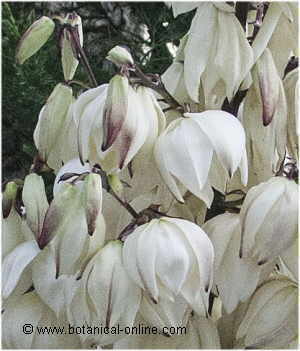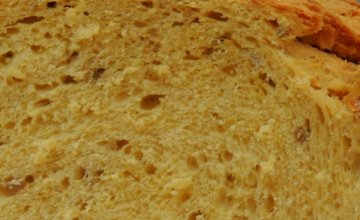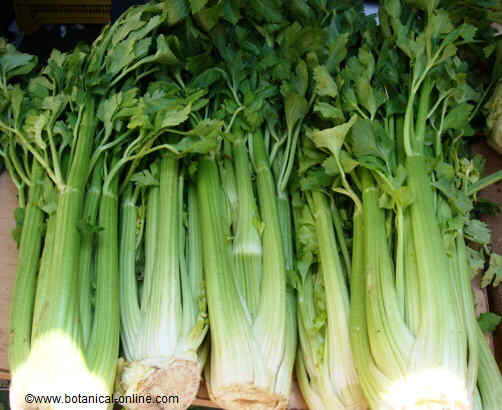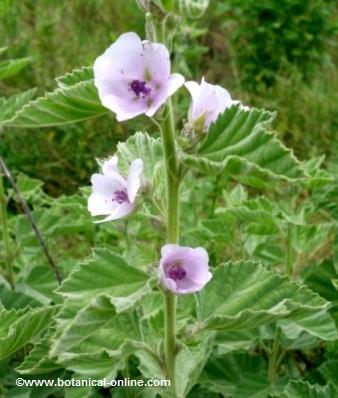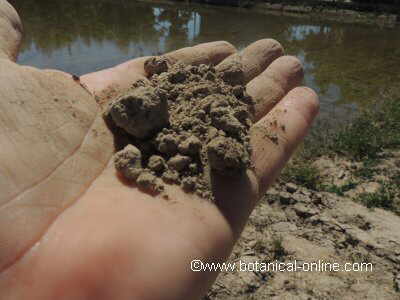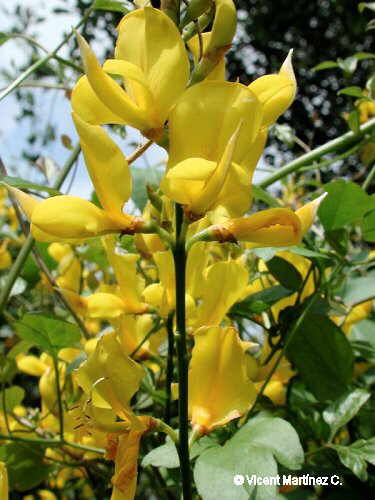Contents
HOW TO GROW YUCCA PLANTS
 Yuccas watering and location
Yuccas watering and location
– Yucca plants belong to dry climates. Some can considered frost hardy; others, frost tender. Most of them prefer to 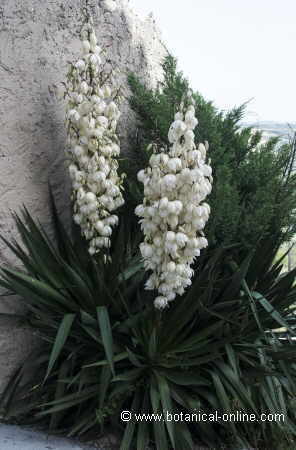 have a cool winter season (NO more than 10 ºC)
have a cool winter season (NO more than 10 ºC)
– They must be placed in full sun, even in hot places. In non dry and hot places, it can be cultivated indoors. In this case it is better to choose species with no spines. Cultivated indoors, it must be taken outside in summer. Placing then on balconies, facing the sun will make them to achieve new strength.
– Coming from very dry locations, yuccas can adapt indoor atmosphere very well. However is is very convenient to provide them a weekly shower in order to refresh them and clean their leaves.
– Yuccas can stand very hard conditions: strong winds, very intense direct sun, drought…
– Watering in summer must be realized once a week. Let the soil dry before new watering. In winter, it must be done twice a month. Too much humidity can be the reason for fungal diseases. Yuccas do not tolerate wet soils.
 Yuccas soil
Yuccas soil
Yucca flowers |
– Sandy loose soil. A good combination can be a mixture of compost, garden soil and sand.
– Good drainage.
– Soil reaction: pH of alkaline soil.
– It is a desert o semi-desert plant, so it can live with little fertilizer, however when transplanting it, it is convenient to add organic fertilizer, well fermented
– Yuccas can live without any fertilizer, however, in order to favor growing and achieve an splendid bloom, it is a good idea to add some diluted liquid compost for green plants every 15 days during the growing season.
– Caccti and succulent soils are very suitable for them.
How to reproduce yuccas by seeds?
– Plant reproduction by means of seeds, suckers or root cuttings in spring.
– Seeds reproduction is done in spring. It must be carried out in a greenhouse at a temperature of 20 ºC.
– Seeds must be soaked in warm water for 24 hours if we want to reduce germination time. Germination generally takes place during the first 12 months
– Remove the seedlings when then can be managed easily. Plant each one of them in a pot and place it in a hot place during the first two years. In cool places it is necessary to keep them indoors during this period.
Yuccas cuttings reproduction
– Reproduction by root cuttings must be done in the end of winter or at the beginning of spring.
– Plantation must be done in sandy soils in individual pots.
– They must be kept indoors till they can be transplanted.
Yuccas suckers division
– Yuccas can also be reproduce by suckers division at the end of Spring.
– Big suckers can be planted in the final place.
– It is better to plant small suckers in pots and keep them indoors till well-established. Transplant them in the second season
Transplanting yuccas
– Yuccas must be transplanted at the beginning of the hot season.
– A good hole must be done in order to be able to place the root ball about 20 or 30 cm deeper than the depth of the original container.
– Fill the hole with a soil to which some well fermented organic fertilizer, mineral calcium fertilizer and sand has been added.
– Surround the plant with a good ridge for irrigation.
– Water it well and keep the soil moist well in order to achieve a good rooting.
 Diseases and pests of yuccas
Diseases and pests of yuccas
- Botrytis
- Mealybugs
![]() More information on yucca.
More information on yucca.

 Yuccas watering and location
Yuccas watering and location Yuccas soil
Yuccas soil